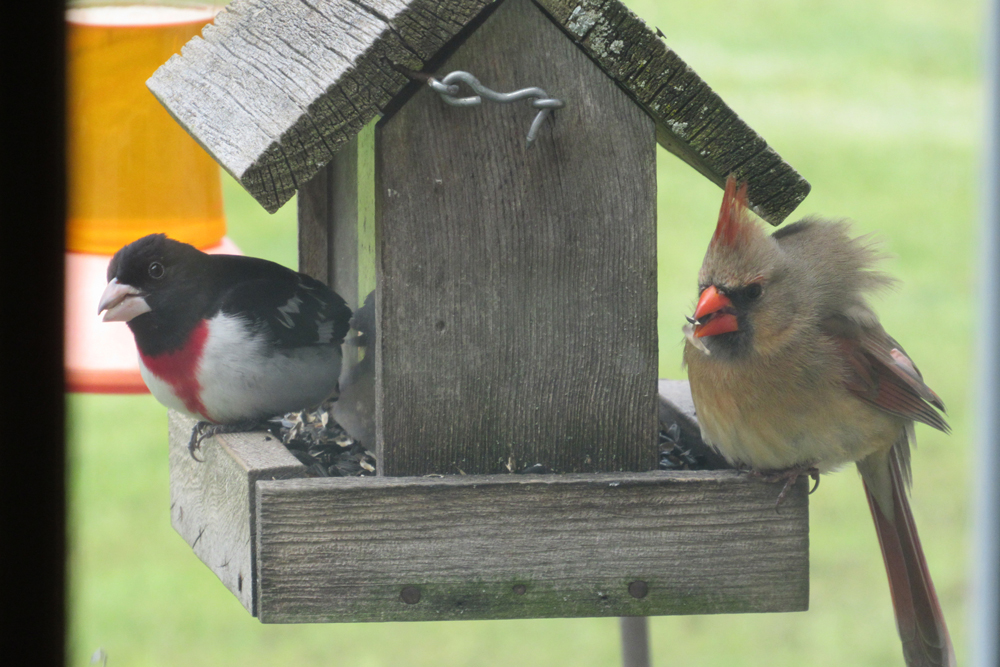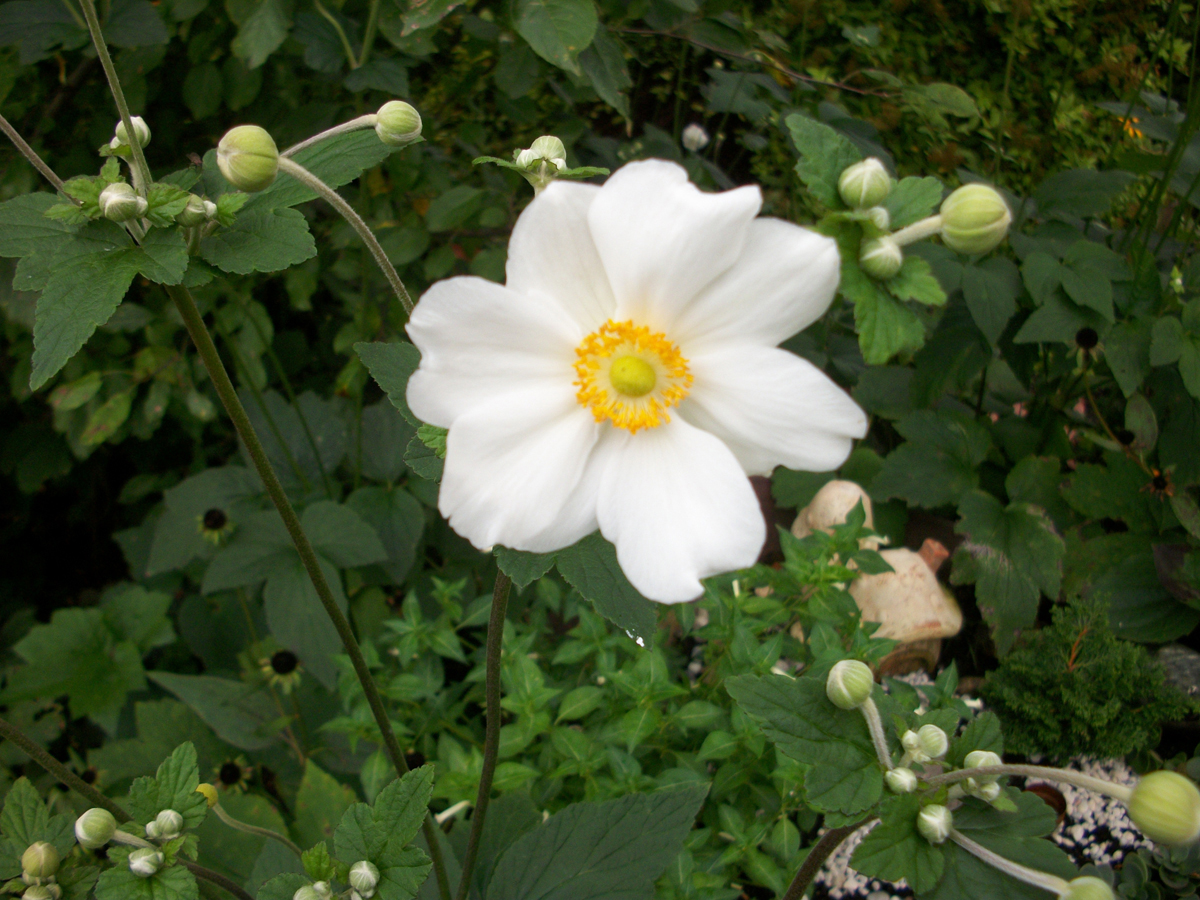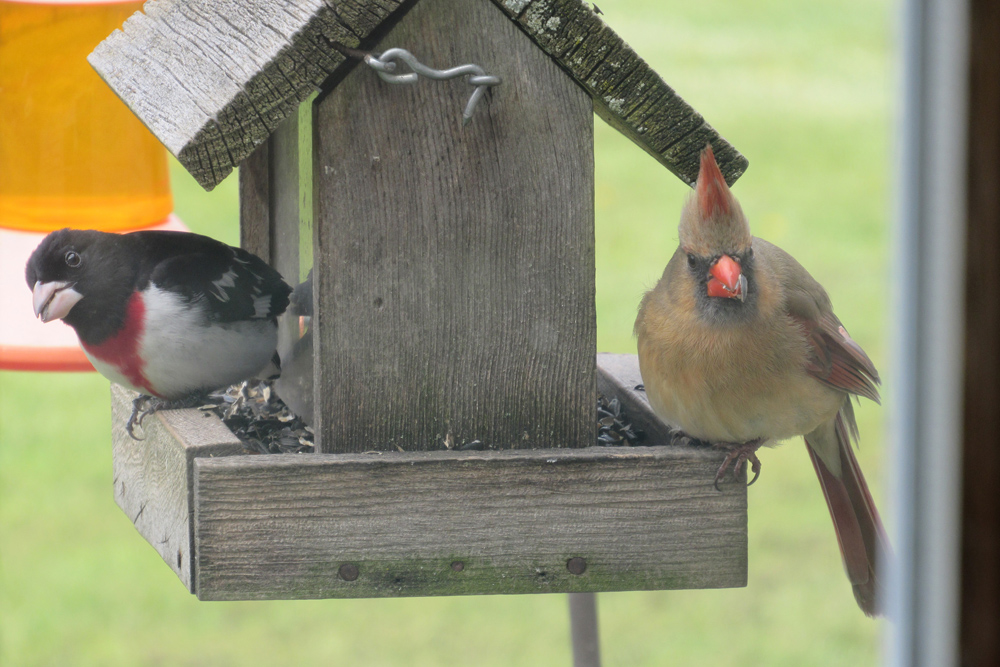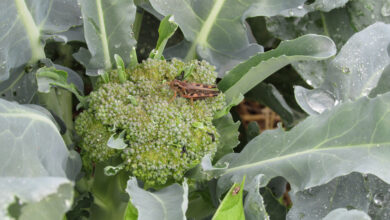Gardening for the birds

February is here, and that means the Great Backyard Bird Count. This year’s event, hosted by the Cornell Lab of Ornithology, the National Audubon Society, and Birds Canada, will take place from February 12 through 15. People all over the world will participate, watching and counting as many birds as they can find and reporting them to Cornell. The Great Backyard Bird Count began in 1998 and was the first online citizen science project to collect data on wild birds and display results in near real-time, the Cornell Lab of Ornithology says. If you enjoy watching and feeding birds, there are many ways to encourage them to take up residence near your home.
Birds are amazing creatures, and their presence in your landscape is a sign that your garden is a healthy place. Songbirds provide beautiful music during the summer months and help to brighten the long winter months with their activity. Bird-friendly habitat is in short supply, particularly in urban areas. Still, by creating bird-friendly gardens wherever you live, you can provide a welcome space for these creatures and increase the number of bird varieties you see in your yard.
According to the Cornell Lab of Ornithology, birds have three basic necessities to survive and thrive – food, water, and shelter. All three things must be taken into account in your landscape. A bird-feeding station can help feathered friends find nourishment year-round and is a great way to see and learn about birds up-close. However, there are also many plants that provide vital food sources for birds. The greater the variety of bird-friendly plants you offer, the greater variety of birds will make a home in your yard.
Birds need a source of fruits, berries, and seeds. Trees and plants attractive to birds include mulberries, which produce fruit in mid-to-late summer; serviceberries, which also produce fruits in summer; crab apples (my sargent crab attracts northern mockingbirds, cedar waxwings, and more), and dogwood. Dogwoods produce red fruits that persist into autumn. These are another favorite of the northern mockingbirds, as well as other birds. Staghorn sumac, which is brilliant red in the fall, produces clusters of hairy red fruit that birds can eat into the winter months. If you have space, wild vines like grapes and Virginia Creeper produce fruit that is loved by birds.
Additionally, birds need insects in the warm months; nesting birds, in particular, need a source of caterpillars to feed their hungry young. Planting natives such as white oak can help provide this high-protein food. Insects tunneling under the bark of dead trees also provide a source of nourishment, particularly for woodpeckers. Sunflowers are a fantastic annual crop that can be left in the garden as a food source for birds through late fall.
Birds also need shelter – places to nest, roost, and hide from predators. The Cornell Lab of Ornithology advises that meandering lines where shrubs and lawn meet are great places for birds. A mix of native shrubs and evergreens, including conifers, provide protection and food year-round. You may also want to consider placing nest boxes in your yard, especially helpful to our state bird, the Bluebird.
Finally, a source of water is important. Birds are especially drawn to moving water, but a simple raised birdbath is appreciated by birds in the summer months. There are products available to heat your birdbath and keep water unfrozen during the winter if you want to invest in them.
For more information on taking part in the Great Backyard Bird Count, go to www.birdcount.org/participate/.





